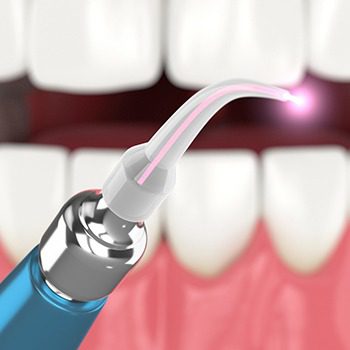Bringing Our Patients State-of-the-Art Care
We know just how important it is to keep up with the latest advancements in dentistry in order to make our services as comfortable and reliable as possible. Dr. Shwarts and Dr. Lehman utilize many different kinds of dental technology to diagnose and treat oral health issues. If you’re thinking about calling our office to set up an appointment, it may be worth your time to first read the page below and learn more about some of the instruments that might be used as part of your treatment.
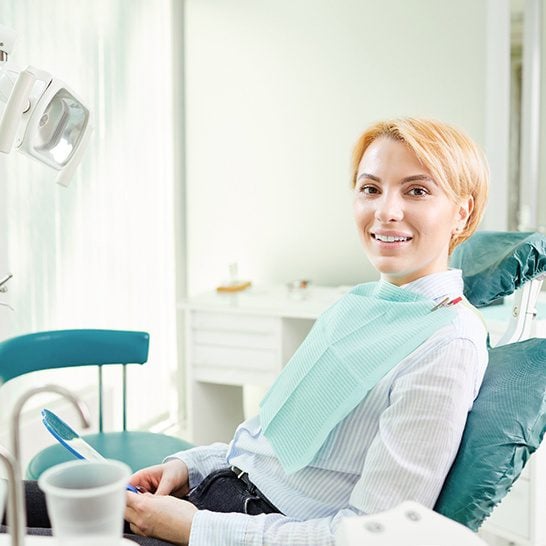
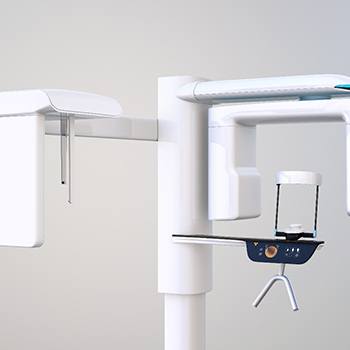
CBCT SCANNER
Some treatments are more complex than others, and a digital X-ray alone won’t always tell us everything we need to make a plan. That’s why our CBCT scanner is such a useful diagnostic tool. During a single scan, the device can take hundreds of images of your mouth and jaw. All of these images are combined into a single three-dimensional model that will show us everything we need to know to make sure your procedure goes as expected.
DIGITAL SCANNER
Digital scanners have greatly simplified the process of taking dental impressions. Instead of having to worry about messy dental putty, all you need to do is sit back in relax while our scanner gathers the information it needs to create a digital model of your smile. Digital impressions tend to be more reliable than traditional ones, and there’s generally less of a risk of them needing to be redone. On top of that, many patients find that the process of taking digital scans is much more pleasant since there’s no strange-tasting material that they need to bite down on.
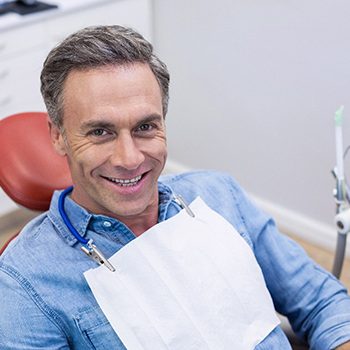
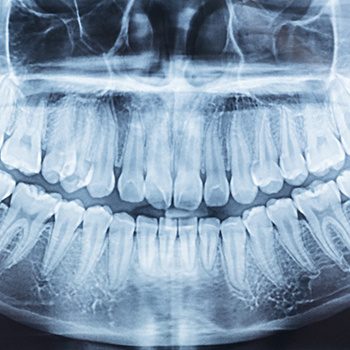
DIGITAL X-RAYS
The idea of X-rays being used for dentistry is certainly not a new one. For many decades now, they have been used to identify hidden oral health issues. But what you may not realize is that modern dentists have switched from traditional X-rays to digital ones, and this has changed more than you might think.
First of all, digital X-rays involve less radiation, which is good news for both our patients and our staff. Additionally, there’s no need to use environmentally harmful chemicals to develop digital X-rays; they can simply be viewed right away on a chairside monitor. Finally, digital X-ray images can be enhanced, ensuring that we can catch the smallest details.
SOFT TISSUE LASER
We know that visiting the dentist’s office can be stressful for a lot of patients, and we want to make sure that the care you receive is as gentle as possible. As such, we may use a soft tissue laser to perform certain procedures. One of the upsides of using a soft tissue laser is that it causes so little discomfort that it often won’t be necessary to numb your mouth. Furthermore, it can seal any blood vessels that become exposed during your treatment, which means there won’t be as much bleeding by the time the procedure is complete.
